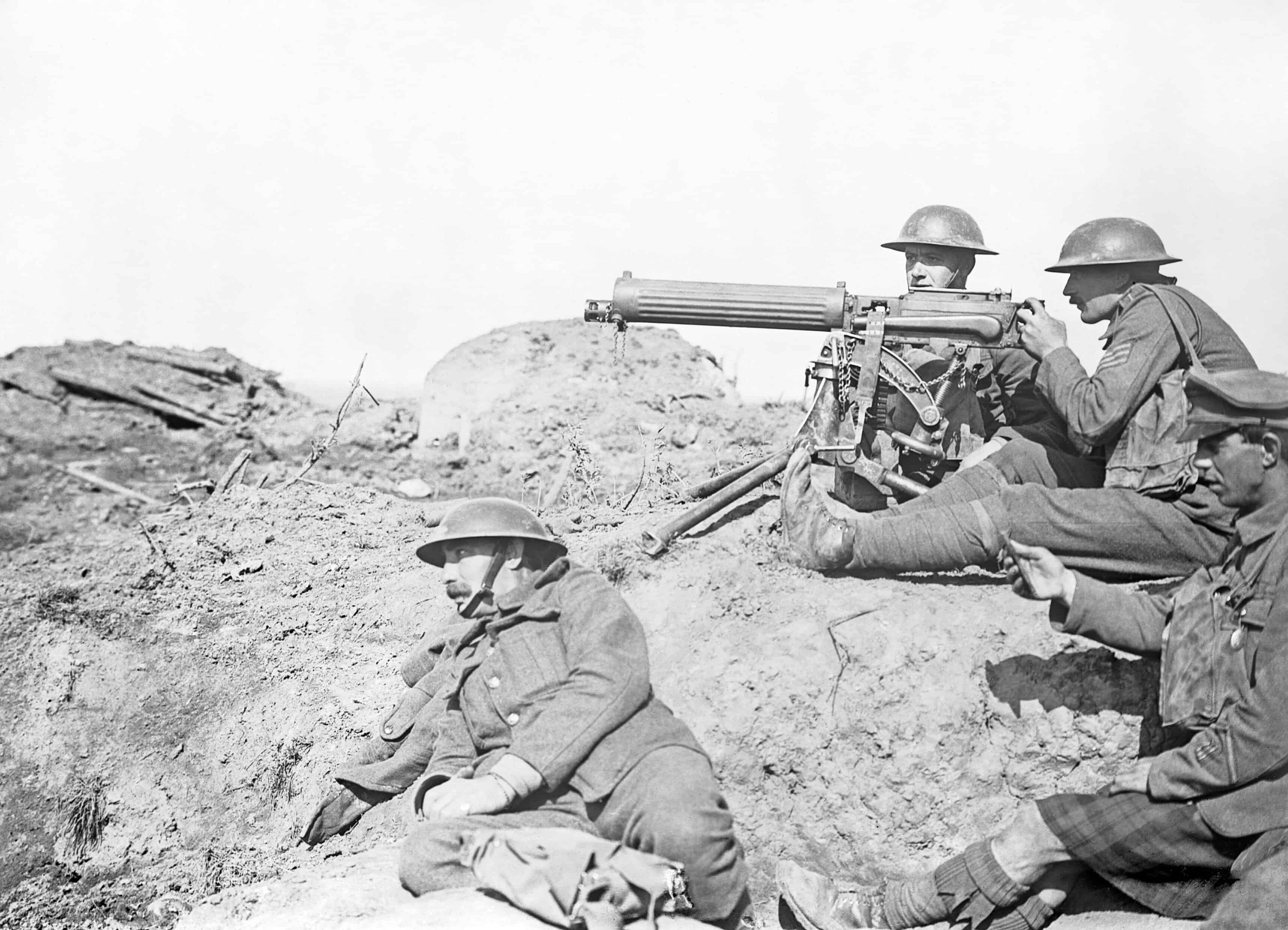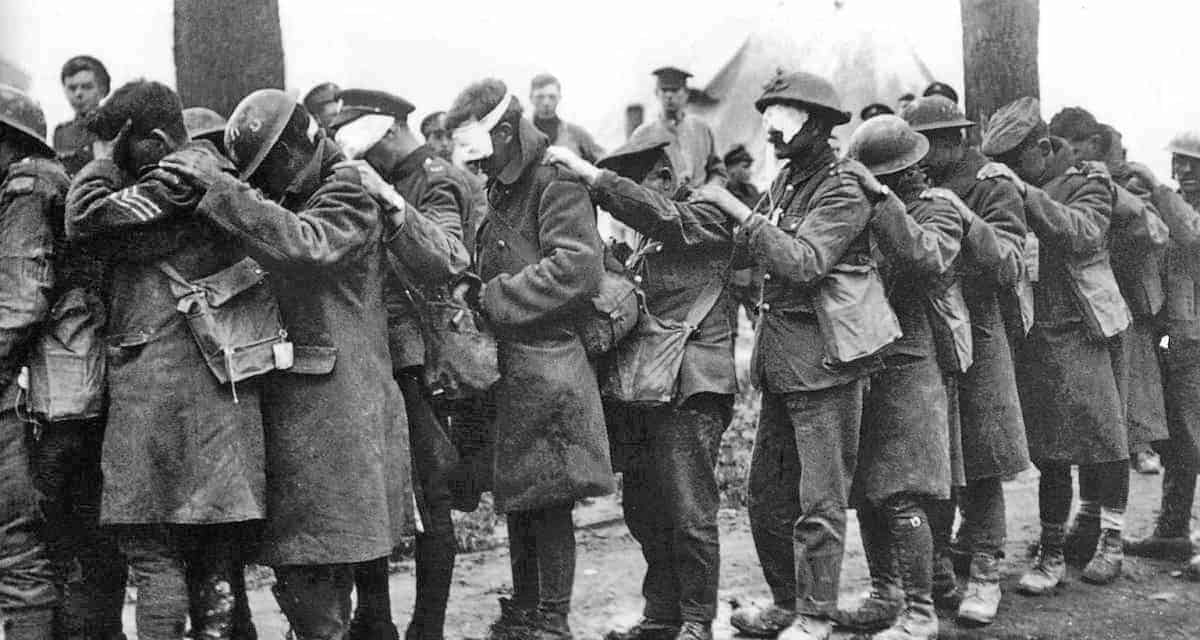Battle axes and catapults defined medieval warfare; however, combat in the twentieth and twenty-first century means annihilation of large numbers of people from a long distance. In other words: biological and chemical warfare. From notorious world wars to tiny towns just decades ago, you might be surprised at how often these deadly poisons are used. They are utilized all across the globe by local and international terrorists. Read on to learn about times that biological and chemical warfare agents were used, often against civilian populations.
1. World War I: 90,000 Dead, 1.3 Million Wounded

Chlorine gas, phosgene, and mustard gas contributed to nearly 100,000 deaths during the years from 1914 until 1918. Chlorine and mustard gas are both irritants that can be lethal at high doses. They can cause severe burns, blindness, and other injuries in those who survive attacks.
Phosgene became the weapon of choice for the Allied powers during World War I. This colorless and nearly odorless gas was so stealthy that many soldiers did not know that they had been afflicted with it until days later when their lungs filled with fluid and they asphyxiated.

